Executing the SS head - Operation Kutschera
How the "Warsaw Butcher" met his end – an account of the assassination of Brigadeführer Franz Kutschera, head of the SS and Police for the Warsaw district. A task carried out by members of the special operations unit Agat.
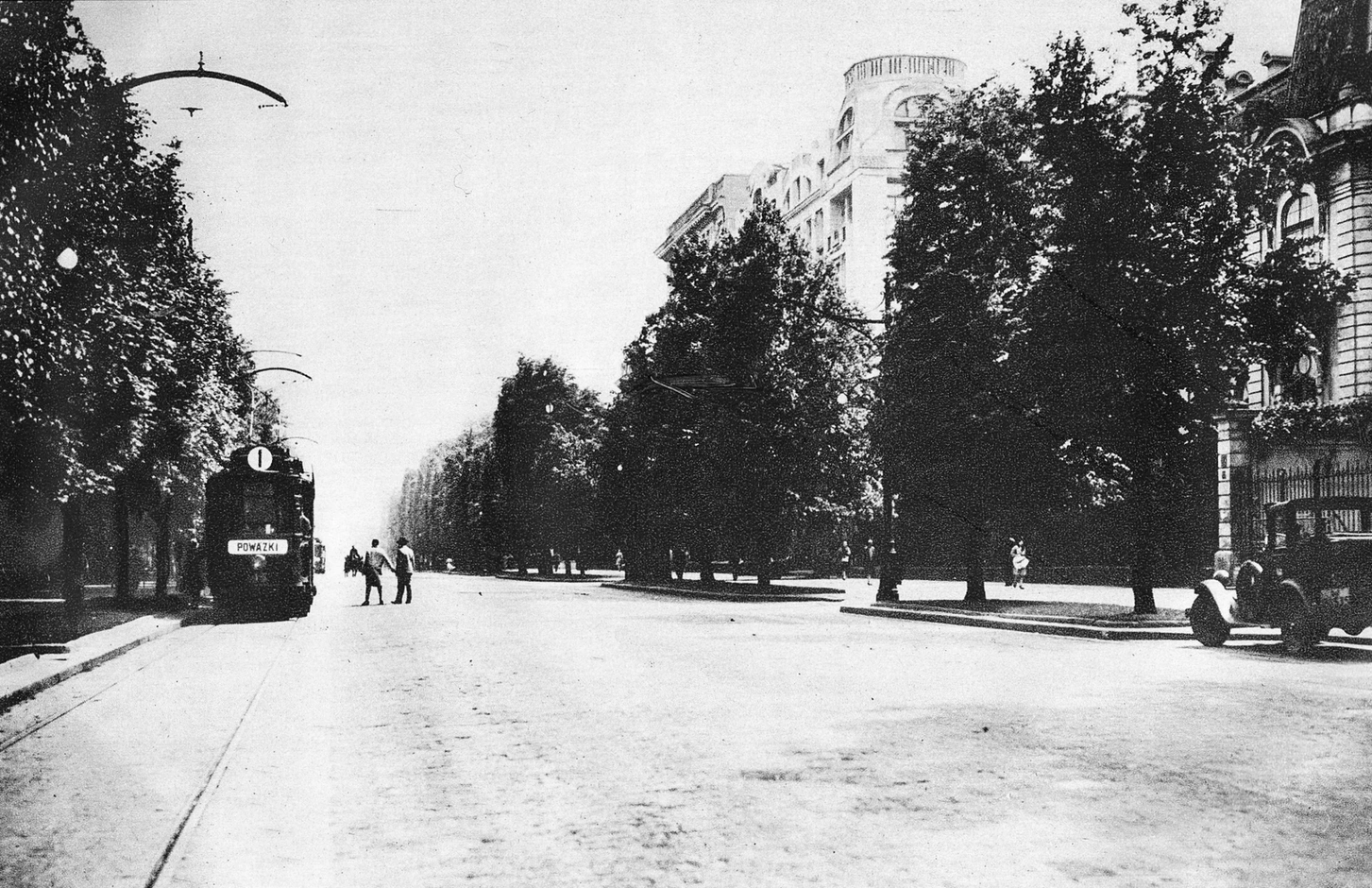
February 1st, 1944
Halfway through their ride across the bridge, the two young men noticed a blockade formed by German police on the opposite edge. The blood-covered car with gunshot marks would immediately unmask them… Retreat to the right bank? A panicked attempt to maneuver their way out, but the machine unexpectedly stalls. The agitated turning about did not go unnoticed. Already, German policemen start running towards them. Danger is also arising from the other side – first, the sound of gunshots, then the sight of even more uniformed figures… The men hurry out of the car, feverishly shooting around themselves in defense, throwing a last grenade into the crowd of soldiers approaching.
Reaching the bridge barrier, they climb onto it and stare for a second at the river twenty meters below. The waters are cold in the middle of winter, despite the ice blocks having melted away already.
It’s their only way out. What chances do they hold? Nearly none, but better a swift death than endless tortures in the Gestapo prison. With the risk of betraying others… The one certainty remaining is that the enemy must not capture them alive. The two young men exchange a quick look, unexpectedly managing to smile at each other, sharing a final moment of reassurance. Those twenty-odd years were worth living.
They nod at one another, and immediately jump into the void ahead. A solid splash from bodies hitting the water. Two heads re-emerge amidst the waves, steadily floating with the current. For a while the Germans persist in their unceasing fusillade towards the water surface. Bullets throwing out splurges in every direction. Once or twice the hint of a figure springs up, before ultimately disappearing into the depths… The shooting ceases.
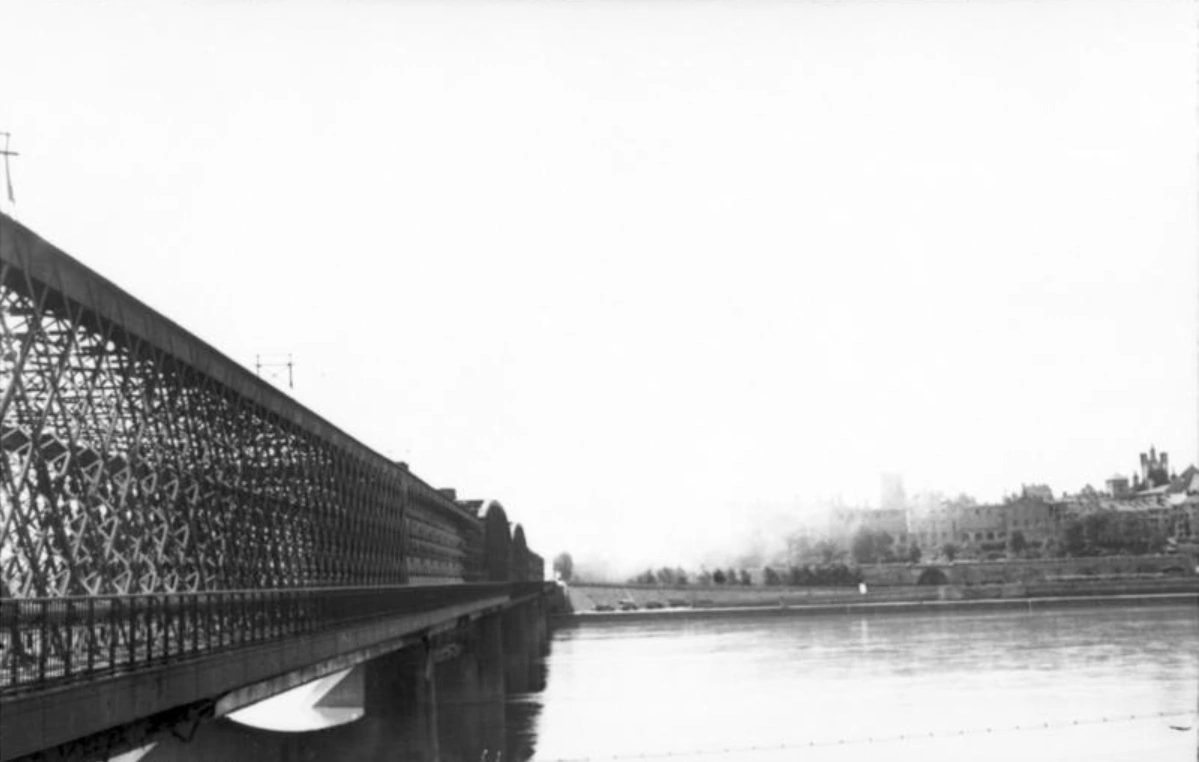
A few hours earlier
Warsaw was bathing in a warm and sunny morning, all signs of snow having seemingly vanished for the year. In the picturesque area of Aleje Ujazdowskie, the German residents strolled carelessly, completely oblivious as to the dozen soldiers from the Polish Underground positioned for an assassination action. On that day was to be accomplished the death sentence on SS-Brigadeführer Franz Kutschera, head of the Warsaw SS and Police. In the heart of the “police district”, where most buildings were occupied by German offices and apartments. The streets were constantly filled with SS patrols, gendarmes, and under-cover Gestapo agents. A lion’s den for the young Poles. Yet, with the meticulous observations and planning from the earlier weeks, they trusted in the fruitfulness of their step-by-step design. Their target had demonstrated exemplary punctuality in the past, suggesting there was no reason for him to suddenly deviate from routine.
9:00 am. Seventeen-year-old Kama awaits expectantly at the eastern side of Aleje Ujazdowskie, at the crossing with Aleja Róż. Any moment, Franz Kutschera’s limousine will appear in the driveway. She is to give the operation starting signal. From her movements would flow a cascade of irrevocable actions. She counts down the seconds until that moment of shaking off the burden of responsibility.
In the main street of Aleje Ujazdowskie, five young men are standing by the tramway stop, vis-à-vis from the palace were Kutschera holds his work office. Displaying all appearances of being complete strangers to one another, the men indifferently await their tram, while anticipating the starting signal at any time. Even the slightest delay in Kutschera’s morning route could trigger failure. Such a large group, despite its efforts of casually blending in, would not remain unnoticed much longer.
Their teammate, Miś, in the role of chauffeur, parked on the opposite side of the crossing, benefits from a much more convenient camouflage. His elegant car, bored demeanor, and the overall refined air emanating from him, help him present as a perfect fit for the neighborhood. How could anyone suspect such an orderly and noble-looking young man of being a key player in the assassination plot against a Nazi criminal?

9:06. The German general’s Opel begins its drive. Kama swiftly moves her bright shawl onto her right arm, before crossing the street in front of the approaching car.
At the street end a fourteen-year-old observer is camouflaging as a German schoolgirl. Briefcase across her shoulder, she has every sign of an exemplary pupil. And those two long braids render her utterly guiltless. Immediately catching Kama’s sign, she passes it on by walking up to the edge of the pavement and vividly removing a bag from her case. Finally, a third woman keeping watch on the nearby tramway station, directly informs the action leader about the approaching car. Lot, in a decisive movement lifts up his hat, perfectly visible to the eight other team members. As of yet without any obstacles, a first spark is released, about to ignite the fire.
Upon spotting Lot’s order, Miś starts the engine and slowly heads towards Aleje Ujazdowskie. Time to meet up with the general’s limousine arriving from the opposite direction. The five “travelers” from the tram stop carry their steps to follow Miś.
Driving at first in the right lane, after a moment Miś pulls over into the middle, blocking off the approaching limousine from passing either by the right or left. Yet, the German car shows no intention of slowing down, leading Miś to drift into the left lane. Kutschera’s driver attempts to give orders to force priority, simultaneously slowly beginning to break. As the Polish driver mirrors him, the two cars come to a halt, hoods facing one another. After a moment, another attempt of the German to move forward, dodging the obstacle, but in a flash, Miś begins a turning back maneuver, and “awkwardly” stops his vehicle perpendicularly to the road, barring off the passage. Kutschera’s car is forced into an impasse.
The two main executioners, Lot and Kruszynka run up to the vehicle. From a meter’s distance, Lot shoots a machine-gun series towards Kutschera, through the open side window. The frightened general hides himself deeper into the car.
Meanwhile, members of the backup team hurry to their positions. A defensive gunfire agitation was triggered from the area of the SS and Police Headquarters.
Kruszynka runs across to the other side of the car and fires another machine gun series at Kutschera. Miś has jumped out of his vehicle and joins in to help. Seeing the general is still moving, he adds a few gunshots. At last, the two men bring the heavily wounded Kutschera out of his car and begin thoroughly searching his pockets for documents.
The German counterattack grows louder with every moment, gaining in force and accuracy. Soon enough, most of the surrounding police district becomes involved in the street fight. From several windows, of offices and residences, Germans are adding their backup to the shooting. The firing rage seems to be closing in on the Polish soldiers from every side.
Luckily, the evacuation cars efficiently drive in to pick up their people, of which a few are already hit by the shots. Lot, injured in the stomach and at the edge of his strength succeeds in retreating to the car driven by Sokół. He does not even manage to call the action ending. The three other wounded soldiers (Miś, Cichy and Olbrzym) are placed into the same vehicle. Throughout the frantic escape, one of their companions protects the more vulnerable members who can barely walk, by continuously shooting towards the German offensive coming from all directions. At last, the entire team manages to get seated across the three cars. With everyone on board, the vehicles move on along separate routes, speeding out of the heart of battle.
The attack lasted one minute and forty seconds.
Yet, safety is far from assured. The frantic escape has just begun, and the wounded soldiers require assistance. A safe harbor to operate the more serious cases is becoming an increasing emergency, while the Germans have already raised the alarm about the attack throughout the city. Everyone is looking for the Polish soldiers who ambushed and assassinated the head of the SS.
The “ambulance” vehicle hurries towards the meeting point to pick up their trusted doctor, before heading towards the previously alerted nearby hospital. Working tightly with the Polish Underground, the medical personal is prepared to receive soldiers harmed in the attack. The two men with lighter wounds, not requiring surgery, are taken in. However, the hospital does not possess the means and conditions required for the other two, whose heavy stomach wounds are calling for urgent surgery.
Finally, the doctor decides to try sending them off to the hospital in Praga where he works, on the right bank of the river. An incredible risk, as not only has the institution not been warned beforehand, but also has never before been entrusted with soldiers wounded in diversion actions. Who knows if the personnel will accept them? And even if they do, will they reliably keep the secret, making sure the authorities do not track down the victims? There is no time for dwelling on the question, they have no alternative. The one chance must be seized, and quickly.
The doctor along with Juno and Sokół swiftly head back into the car with their wounded friends. As they dash towards Kierbedź Bridge, the hectic unrest in the streets unambiguously reflects that the news of Kutschera’s assassination has already spread across the city.
At last, they reach their destination. Despite strong objections from the hospital management, the doctor forcefully places the wounded into the operation room. Warnings from the head physician concerning his duty to inform police about the new patients do not dissuade the doctor. Obstinately, he repeats that surgery is the emergency to focus on. No time to lose on arguments.
Knowing their friends are in the good hands of the trustworthy doctor, Juno and Sokół decide to depart immediately. Their car parked in front of the hospital building, with a puddle of blood beside it, is far from inconspicuous and very soon will attract attention.
Time to head back into town, that is the opposite bank of the Vistula River. Yet, as they drive onto Kierbedź Bridge at full speed, they are instantly struck by the dense mass of green gendarme uniforms on the other edge. Patrols are halting all incoming vehicles and passers-by.
The frantic attempt to elude their persecutors becomes obviously hopeless when the car’s engine refuses to cooperate, leaving them stuck in the middle of the bridge.
After jumping out, they desperately try to communicate with one another and reach a decision as to their next step. Across the deafening gunshots and screams, they manage to exchange a few breathless words, their hearts pounding at full speed.
Have they reached a dead end?
The cold waters of the Vistula River carry their only hope.
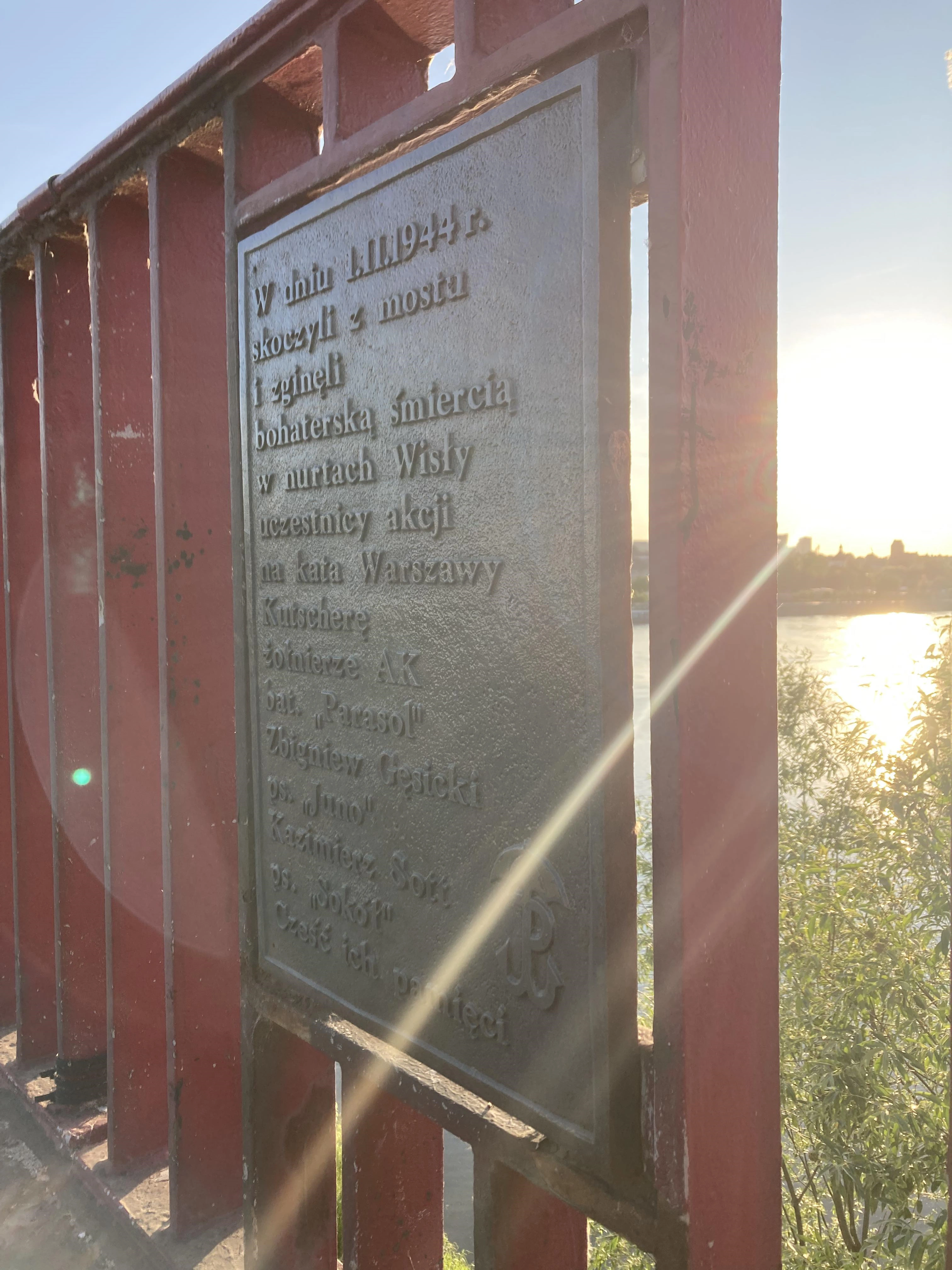
Despite the courageous perseverance of their friends, who sacrificed their lives to bring them to the hospital, the two heavily wounded soldiers did not recover after surgery.
On February 4th, Lot’s suffering reached its closure. Two days later, Cichy followed his companion in arms.
Together with those who met their end in the river waves, four Polish lives were lost. On the German side, five deaths (including Kutschera) and 9 wounded.
From September 1943 to February 1944, with Franz Kutschera at the head of the SS and Police for the “Warsaw district”, the city lived through its darkest nightmare. An unprecedented terror reigned in the streets, attempting to subjugate the Polish people and suffocate the flame of rebellion. Any minor anti-Nazi resistance action was immediately disproportionately punished according to rules of collective responsibility. The population was frightened by łapanka actions carried out in the streets, during which Nazi forces indiscriminately rounded up, kidnapped and murdered civilians. At least every other day, innocent hostages were killed in public street executions.
Victims were drawn from all social classes, their names later publicized across the city – through street megaphones and announcement poles. The feeling of an omnipresent and inescapable terror was created.
The aim was to create enmity between civilians and the Underground.
Little did the Nazis know that their strategy would produce the opposite effect. No one believed that the repression was only caused by resistance action. Poles were well aware that the Nazi occupiers’ mass extermination actions were never only a response to provocation from the Underground… They would have committed these crimes in any case. And their cruelty needed to be punished.
The assassination of Franz Kutschera was one of the most dramatic actions of the Polish Underground. Yet, it was not a standalone event, but part of the wider “Operation Heads”. In retribution for the Nazi acts of terrorism, the Polish Underground leadership prepared lists of officials to be eliminated for their responsibility in crimes against Polish civilians. The death sentences were pronounced by the Polish Underground Special Courts. Later, these verdicts were carried out by the Home Army’s diversion units, many of which were constituted of Scouts from the Szare Szeregi.
In the aftermath of the assassination, the Nazi’s reprisals consisted of shooting over 300 hostages. Yet, something changed in the atmosphere reigning over Warsaw. The persistent diversion actions of the Polish Underground, culminating in this execution, proved to the occupier that stretching the string of terror to extremes was only counterproductive to its aims. Oppression had strengthened the Poles’ defiance, rather than submitted them into slavery. Two weeks after the assassination of Franz Kutschera, public street execution at last ceased. A first step towards breathing more freely.
Although the Nazis did not openly admit it, the event triggered a loosening of repression. It was a turning point in the history of occupied Warsaw – to the benefit of the Polish side.
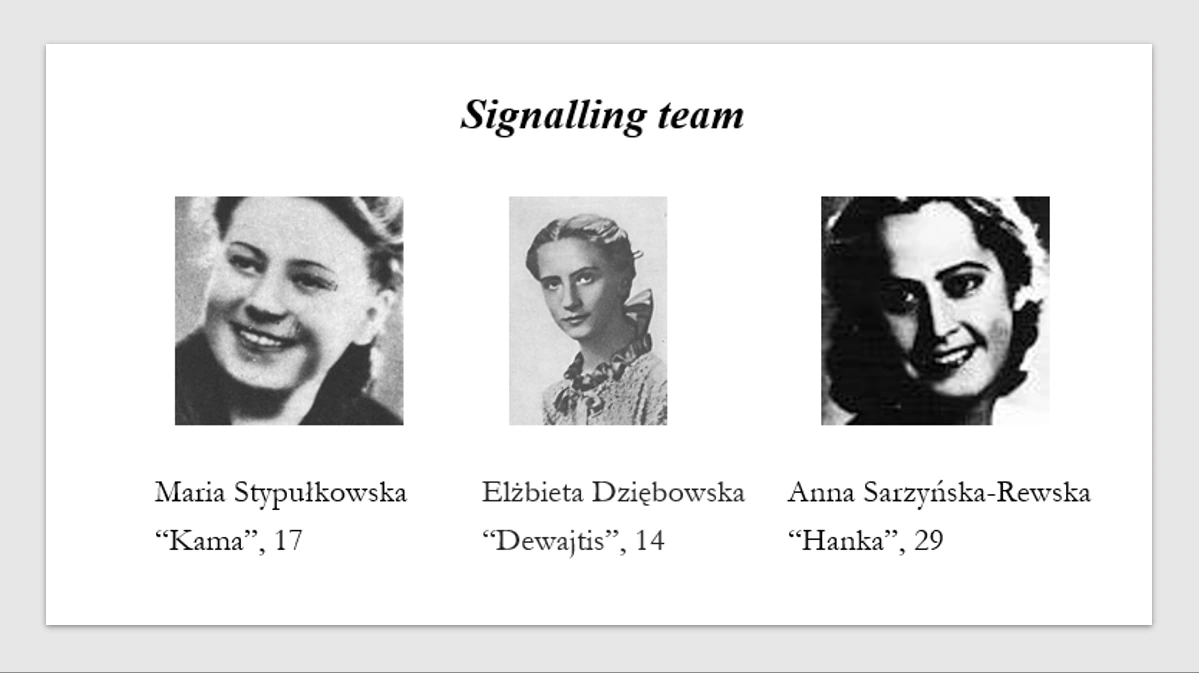
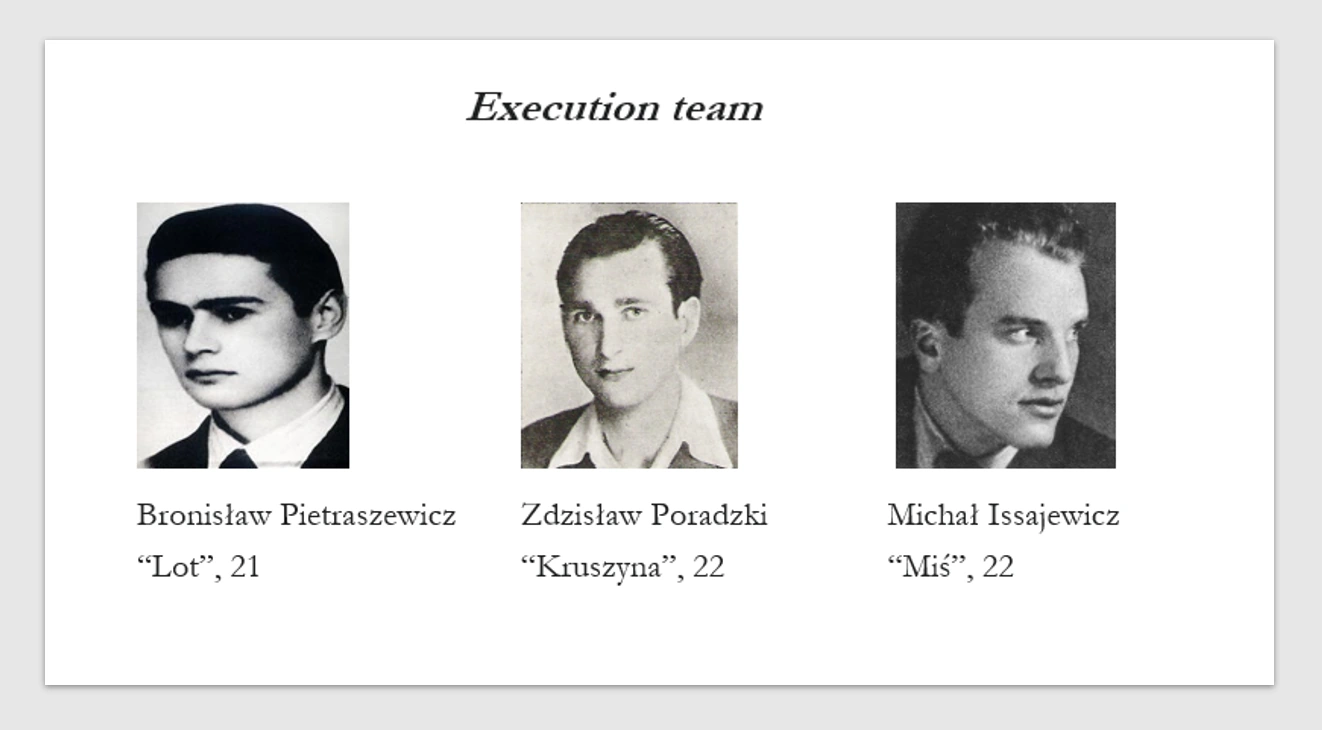
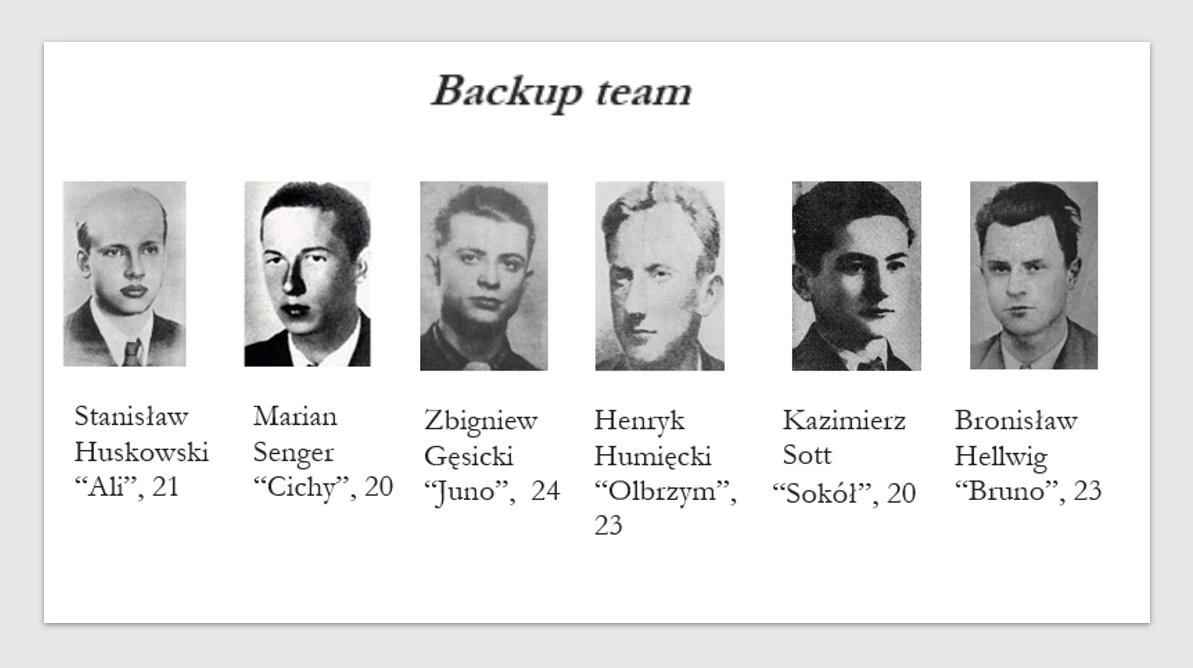
- |
history |
warsaw |
non-fiction |
war |
wwii |